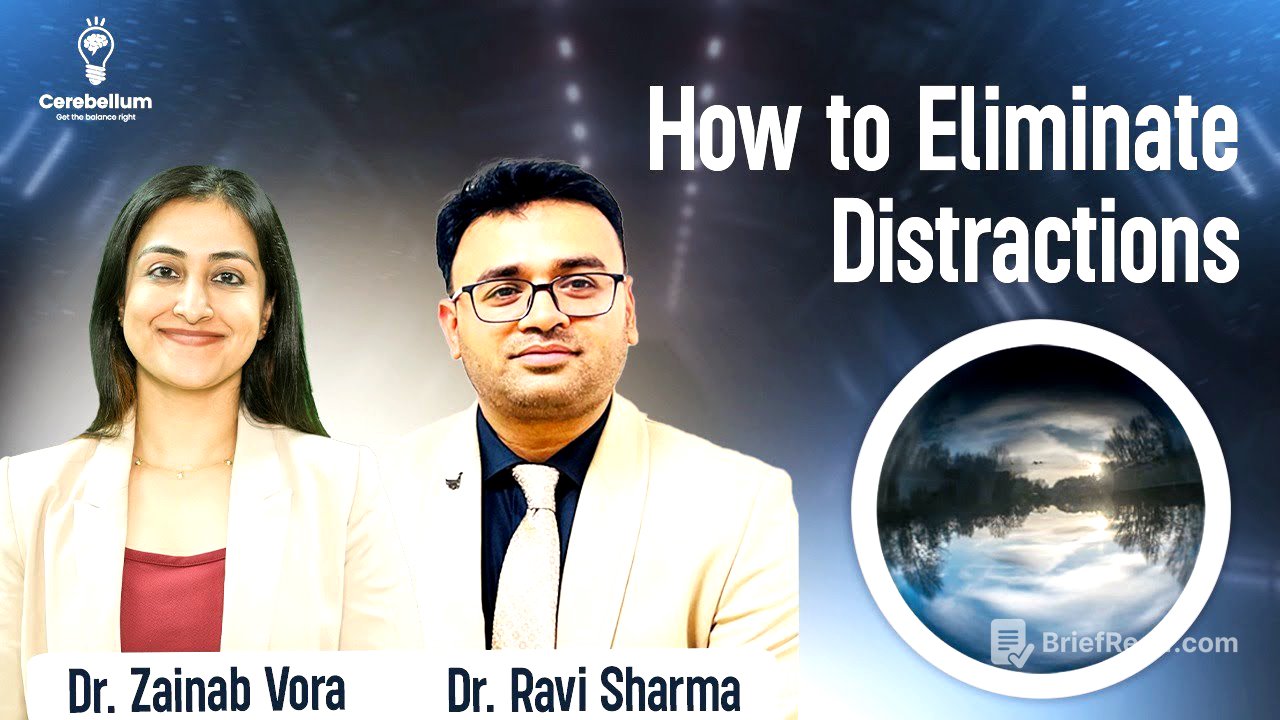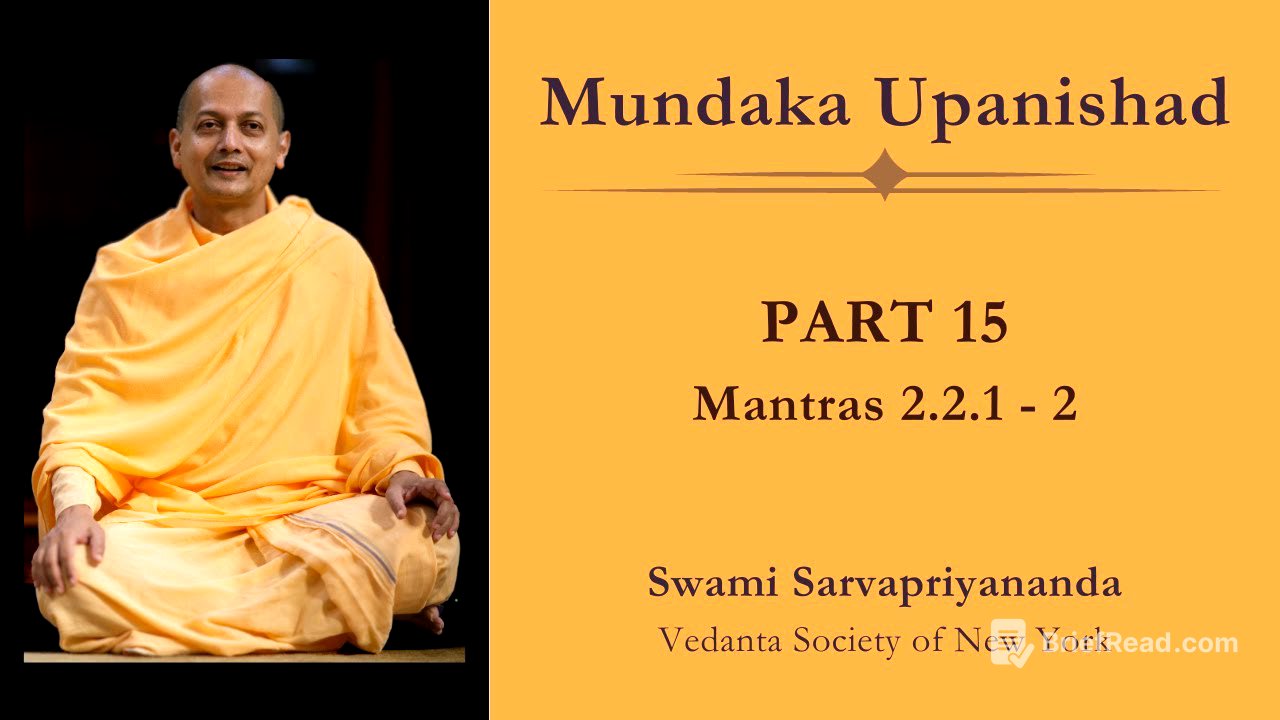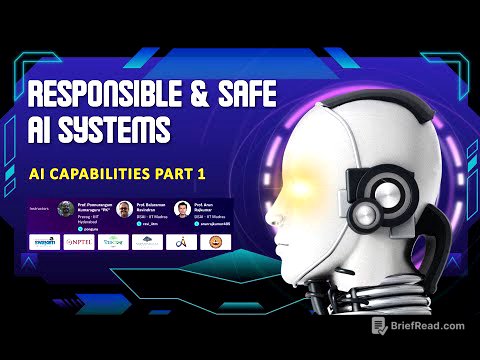TLDR;
This video discusses a method to achieve clarity and consistency in life by forming habits and managing distractions. It introduces the "CLEAR" mnemonic, which includes Clarify the Question, Limit the Exposure, Engage in Alternatives, and Analyze the Reward. The video emphasizes that focus is a practiced habit, not a natural trait, and provides practical steps to reinforce progress and maintain consistency.
- Focus is a practiced habit, not a natural trait.
- The "CLEAR" mnemonic helps in managing distractions and forming positive habits.
- Analyzing the reward of avoiding distractions is crucial for maintaining focus.
Introduction [2:30]
The video starts with the presenter talking about a student's question on how to achieve clarity and consistency in life. The presenter admits that he initially struggled to answer the question, which prompted him to think deeply about the topic. The core of the question revolves around how to stay consistent in pursuing goals, as motivation often fades over time.
The Question That Needed Clarity [2:30]
The student's question was about how the presenter has maintained consistency over the years. The presenter reflects on the need for a system of habit formation to achieve consistency. Winning or achieving in life is a habit that requires setting up a positive feedback loop. This loop isn't accidental but comes from years of practice.
Habit of Having a Focus [4:00]
Distraction is a natural state, while focus is a self-generated habit. Many people feel bad about not being focused or consistent, but it's important to recognise that focus is a practiced skill. The presenter introduces a method to form the habit of having focus by establishing a positive feedback loop.
Step 1: C - Clarify the Question [6:00]
The first step in forming a habit is to clarify the question or the trigger that causes distraction. This involves being aware and accepting that something is a distraction. For example, if someone is distracted by thoughts of a past relationship, they need to acknowledge and pen down that this is a distraction.
Step 2: L - Limit the Exposure [7:00]
The second step is to limit exposure to the identified trigger. For instance, if a past relationship is a distraction, one should avoid contact with the ex-partner and eliminate reminders like old photos or specific music. This step involves removing everything from the environment that leads to the distraction.
Step 3: E - Engage in Alternatives [8:00]
The third step involves engaging in an alternative habit that consumes time and is equally valuable. For students, this could be focusing on exam preparation. The idea is to replace the distracting activity with a productive one.
Step 4: A - Analyze the Reward [9:00]
The most crucial part is analyzing the reward of not engaging in the distracting behavior. The presenter explains that success in life depends on the balance between the prefrontal cortex (executive function) and the singulate gyrus (emotional drive). Instead of dwelling on the problem, one should focus on the benefits of avoiding the distraction. For example, a smoker should focus on the benefits of quitting smoking rather than constantly thinking about the urge to smoke.
Final Steps: Reinforce the Progress [10:30]
The final step is to reinforce the progress made. This involves acknowledging and reinforcing personal achievements. The cycle then repeats, helping to maintain focus and manage distractions. For every distraction, the CLEAR cycle should be followed: identify the clue, limit exposure, engage in an alternative activity, analyze the reward of not doing it, and reinforce the progress.
Conclusion and End Motivation [12:30]
The presenter concludes by emphasizing that the CLEAR technique is a scientifically proven method used in psychoanalysis and CBT sessions. It involves consistently practicing the cycle to eliminate distractions and improve commitment and focus. The technique can be applied to various distractions, including past exam results or personal problems. The presenter hopes that this technique will be life-transforming for the viewers, helping them achieve clarity and consistency in their lives.









